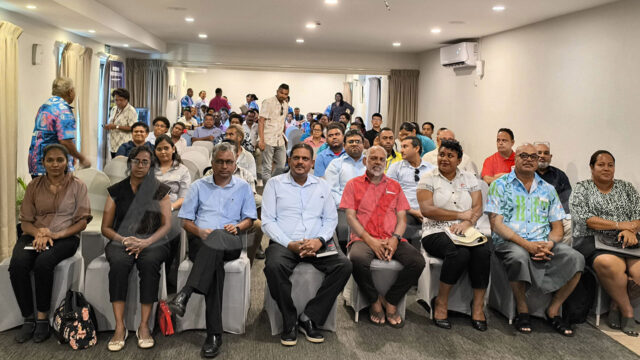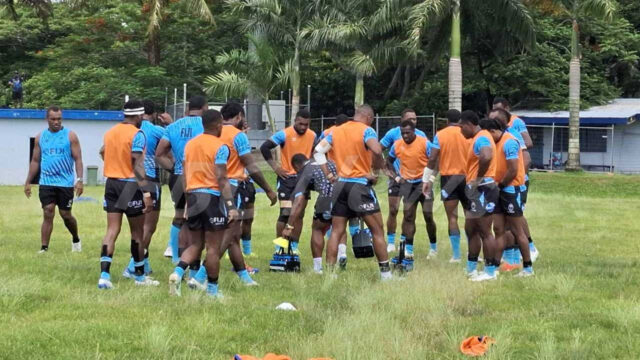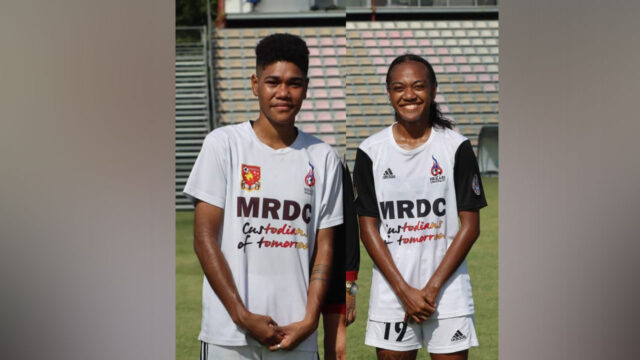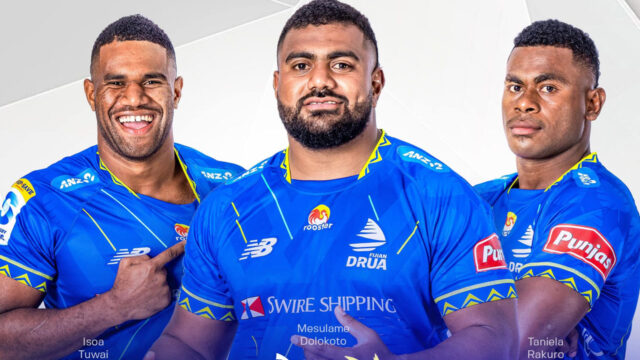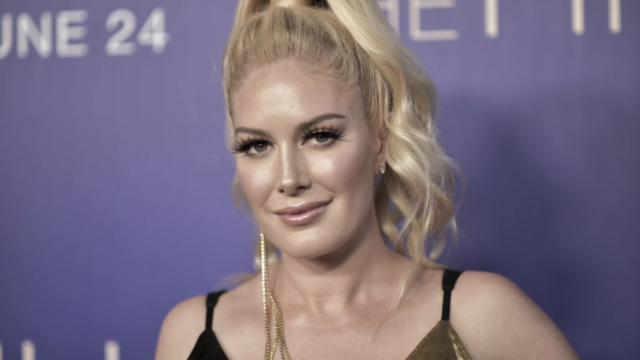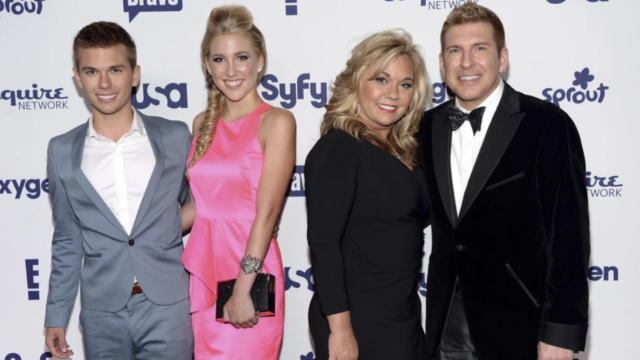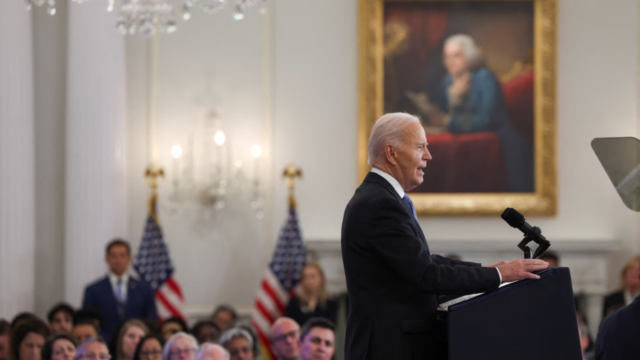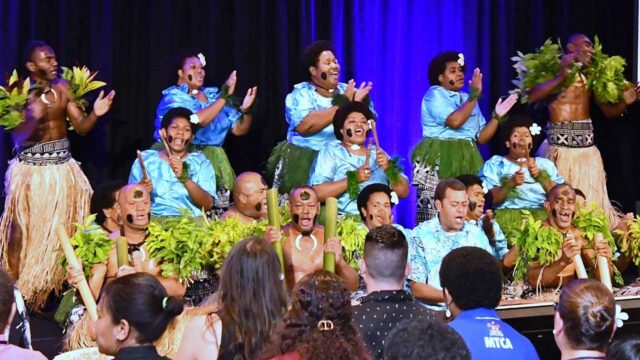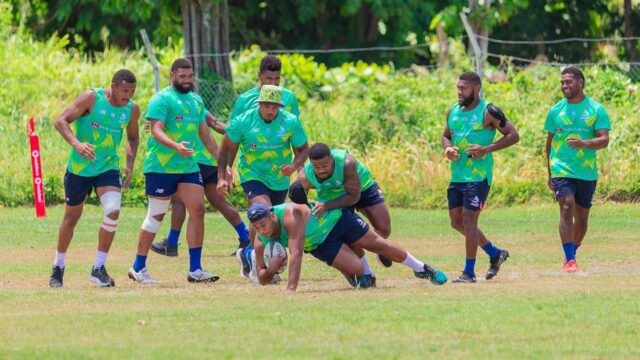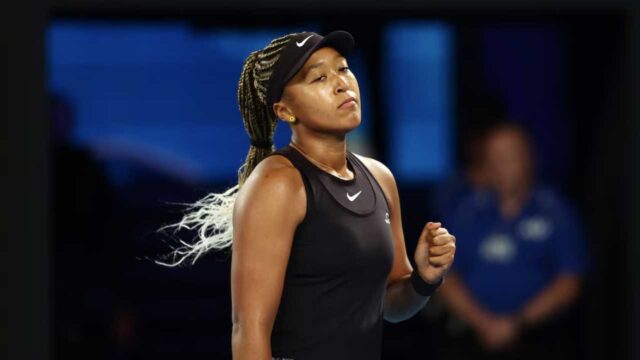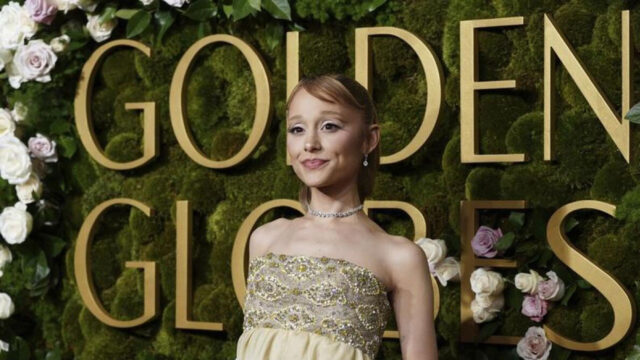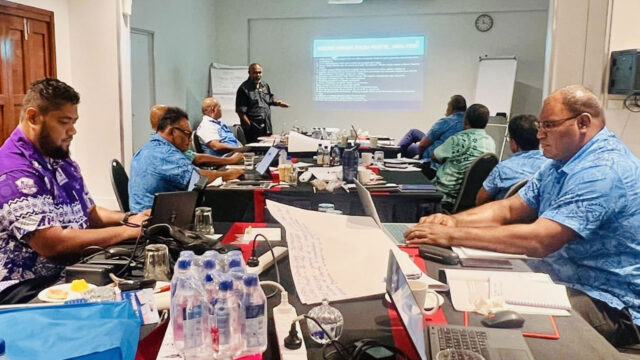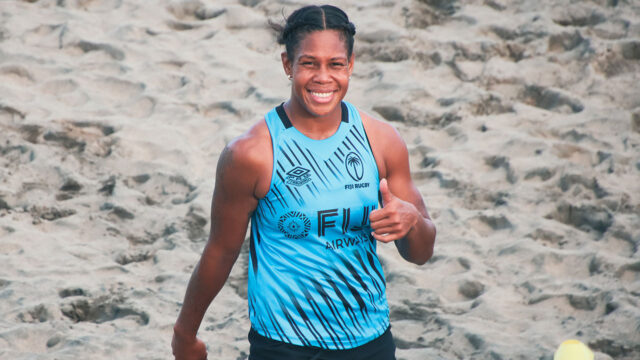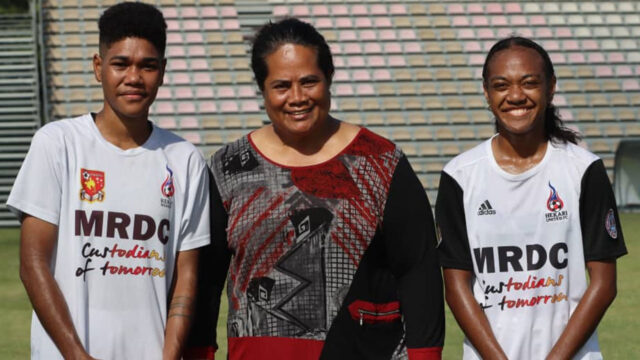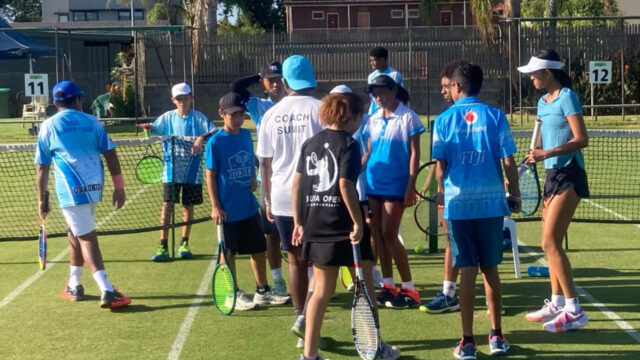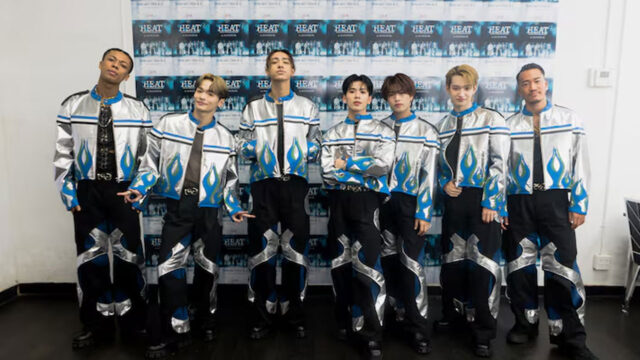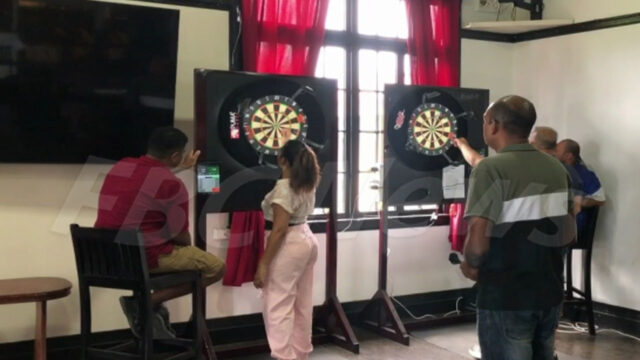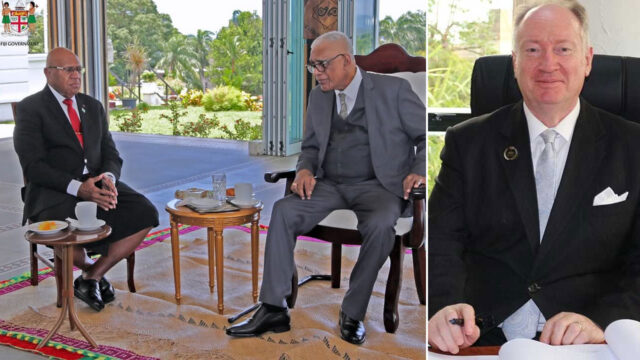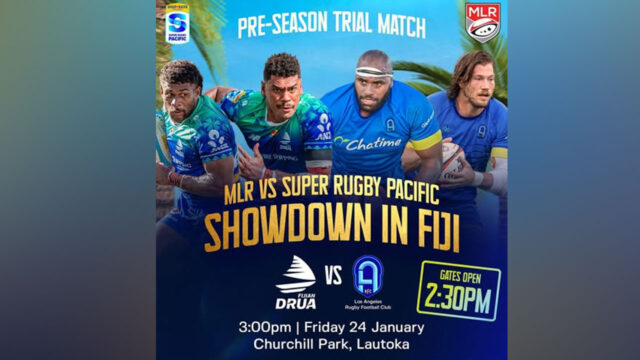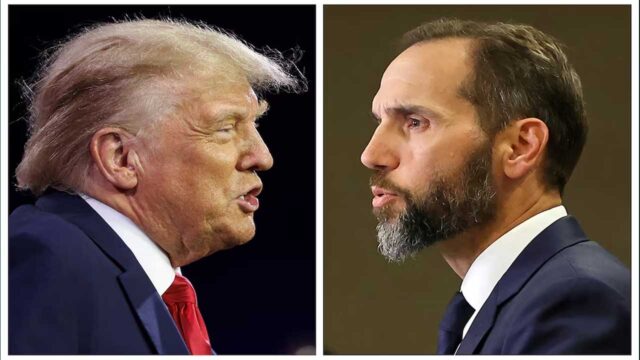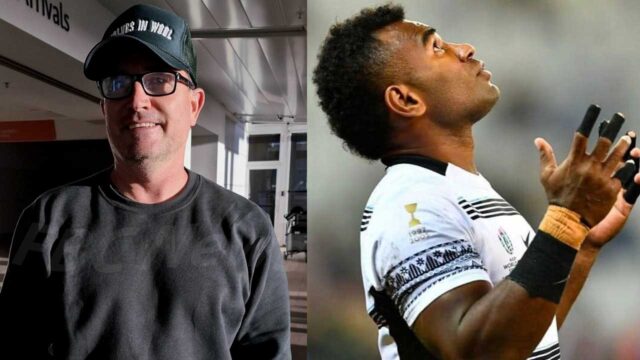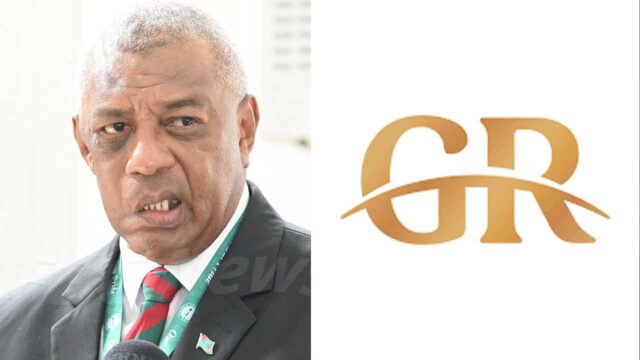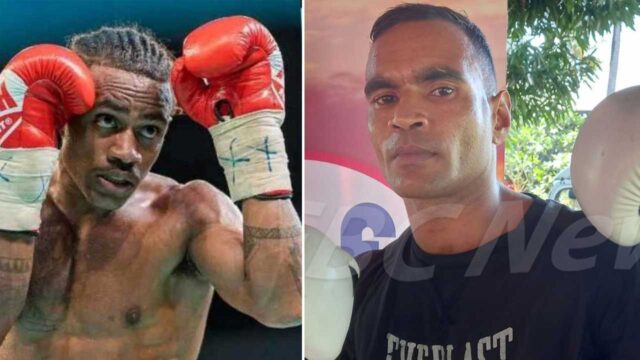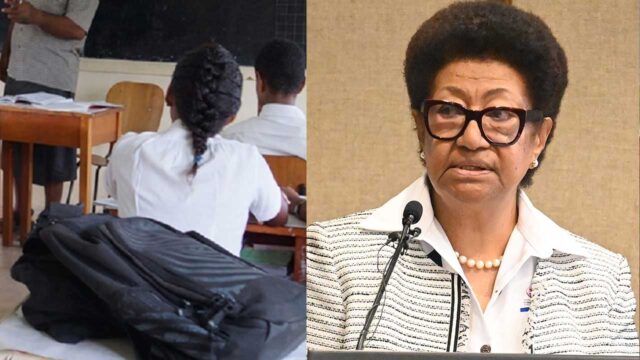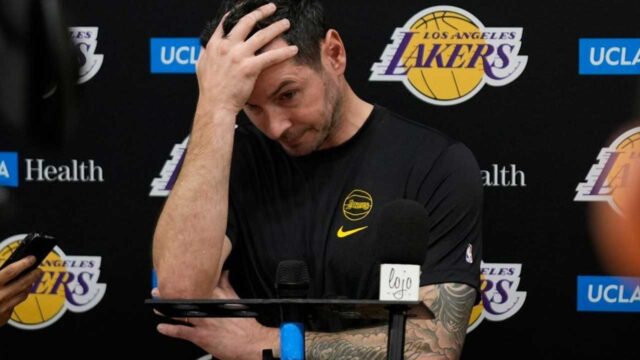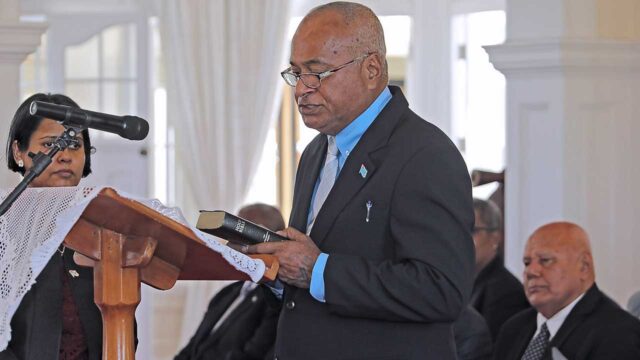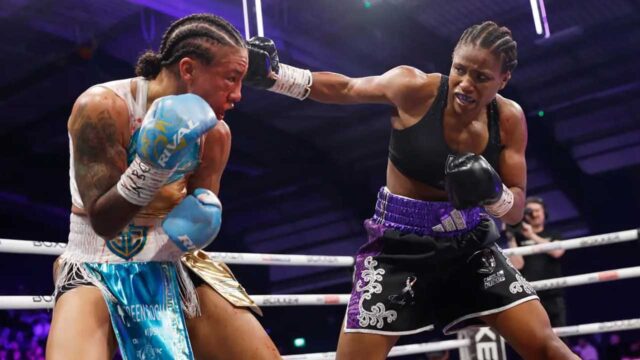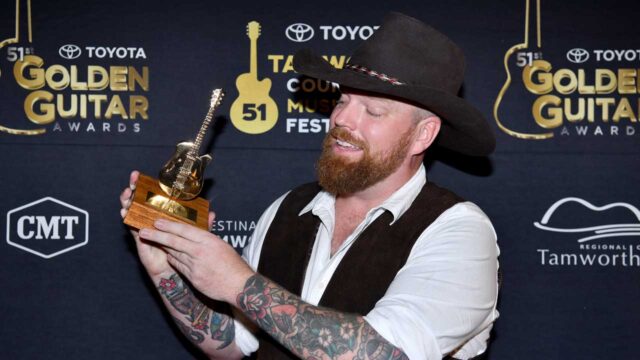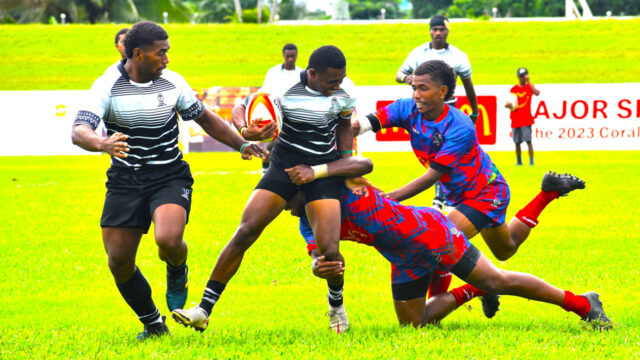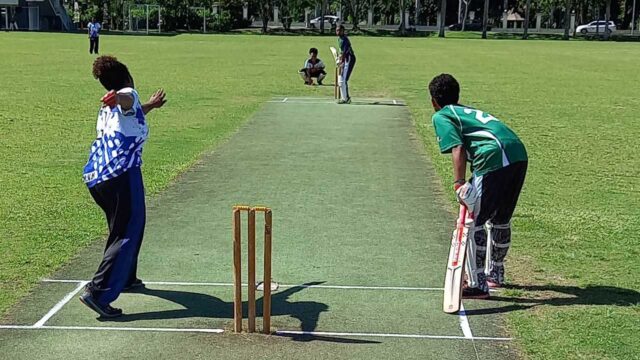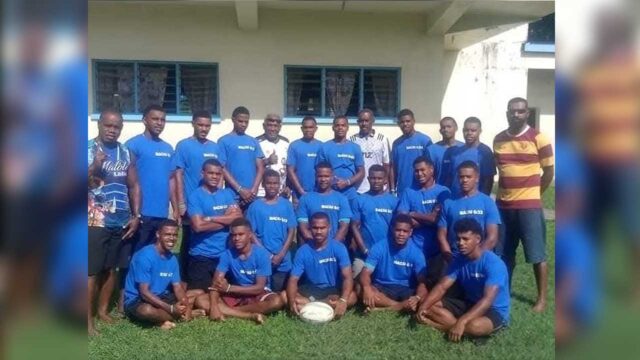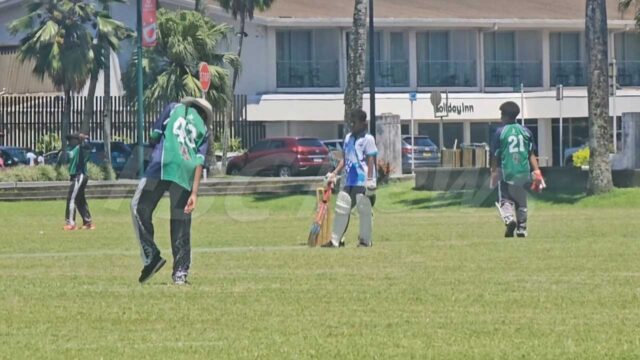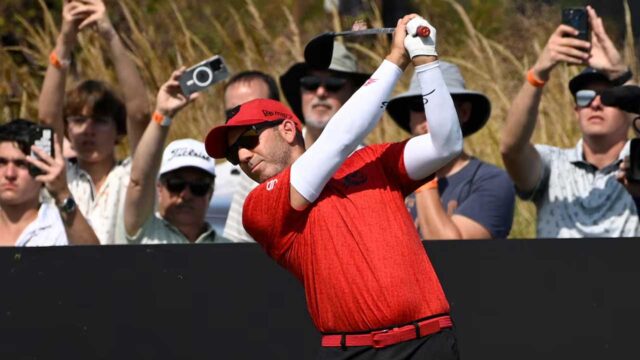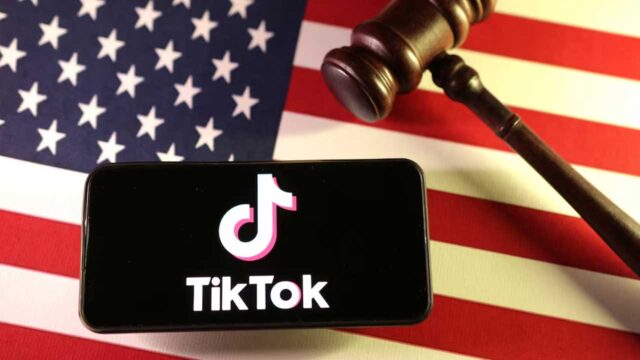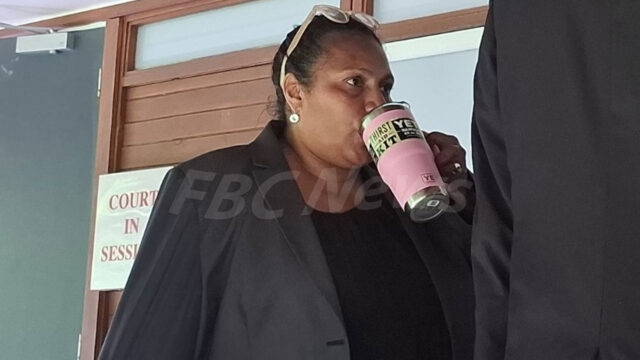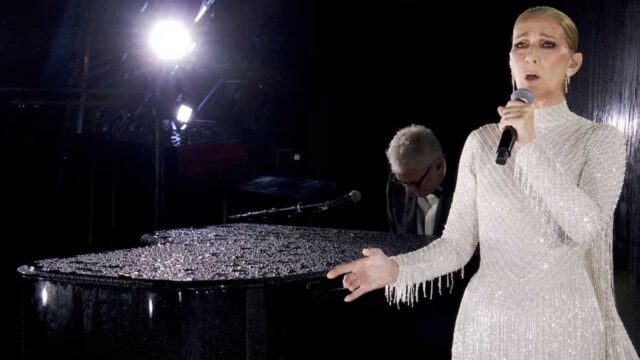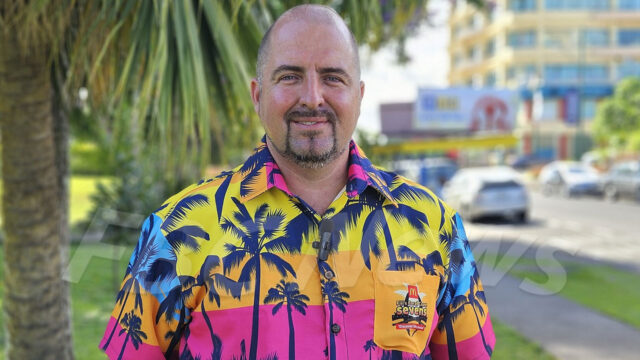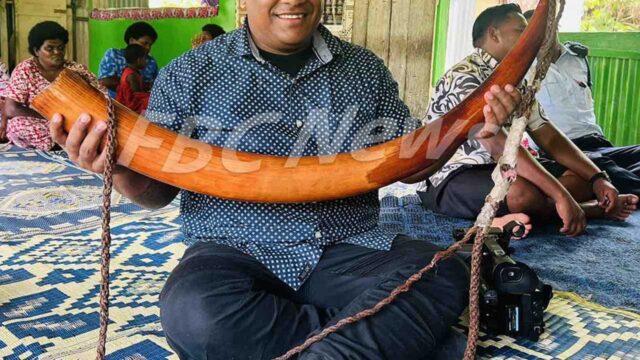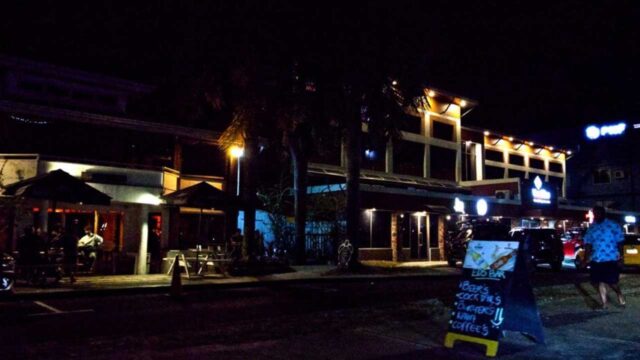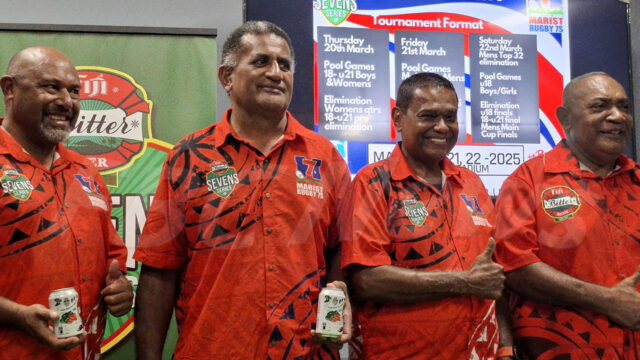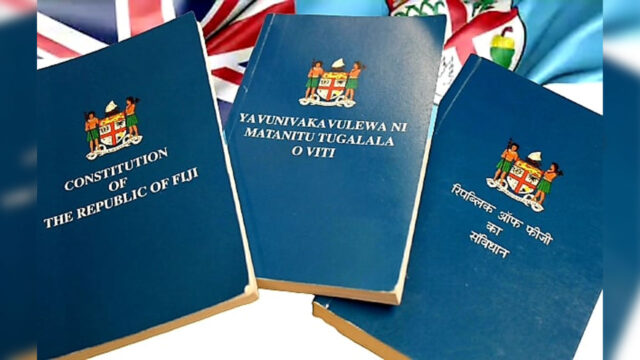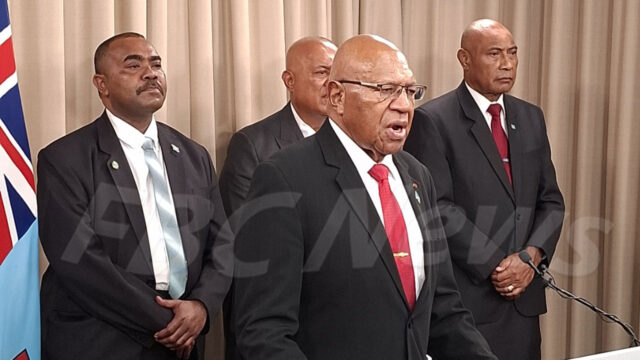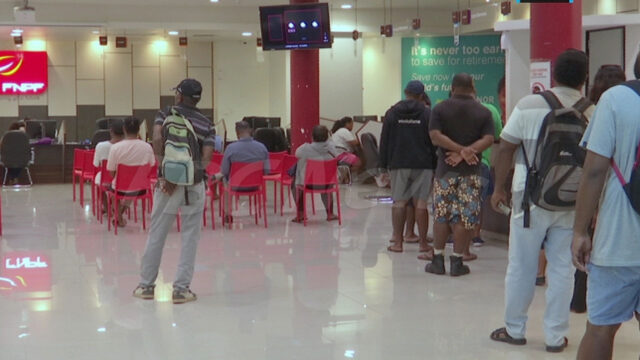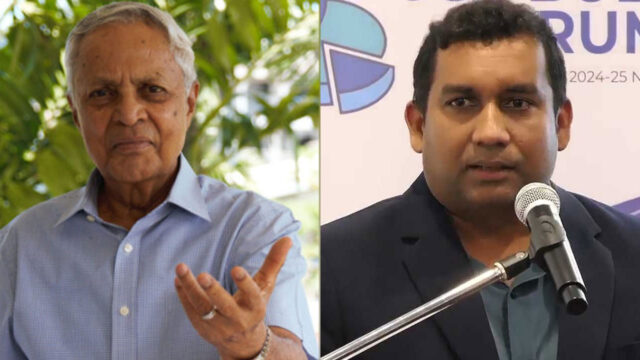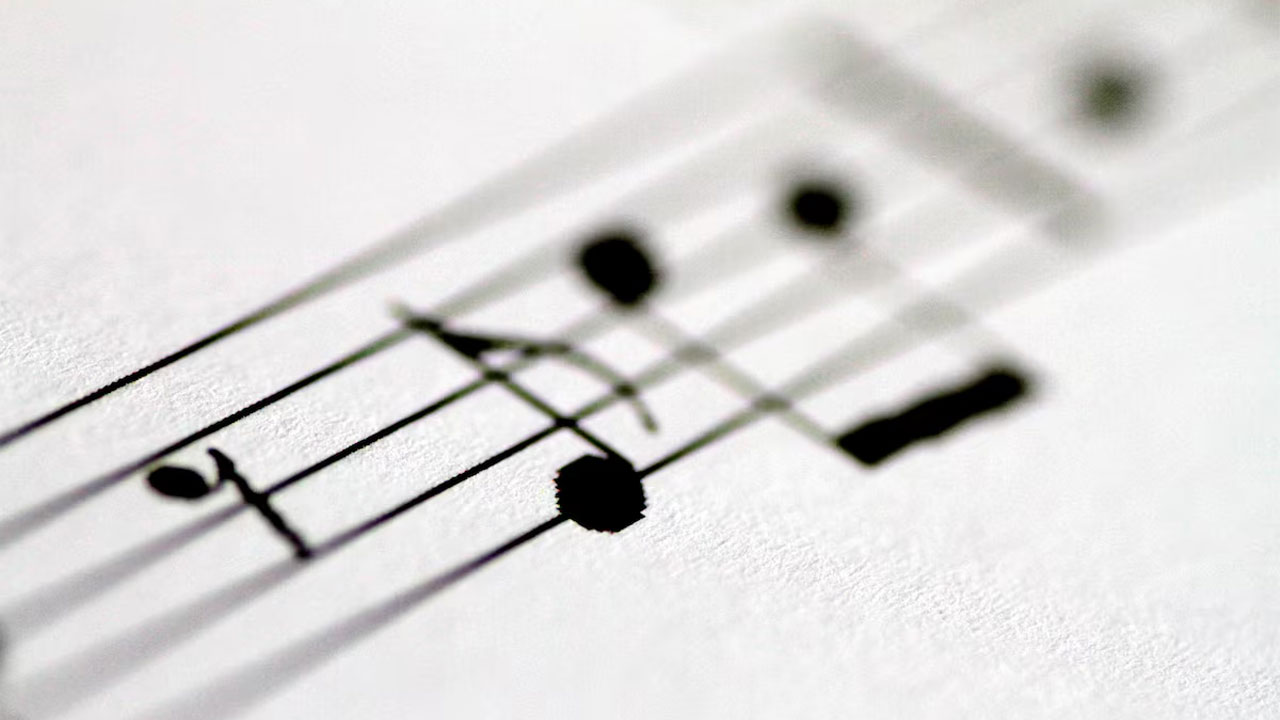
[Source: Reuters]
In today’s social media-driven world, music has become an important component of digital content, with popular songs often providing a backdrop for engaging videos.
However, as music on platforms like TikTok, Instagram and Facebook has surged, so too have copyright infringement claims.
This article explores recent litigation highlighting the risks of using unlicensed music in social media content and provides key takeaways for avoiding costly infringement disputes.
Recent lawsuits
Recent litigation in the music industry highlights the consequences of unauthorized use of music on social media.
In May 2024, Sony Music Entertainment sued Marriott International, accusing it of willful copyright infringement.
Sony Music Ent. v. Marriott Int’l, Inc., No. 1:24-cv-00598-RGA (D. Del.).
The complaint follows a familiar pattern in cases involving music used in promotional content online: Sony alleges that Marriott’s social media pages feature hundreds of videos.
Sony is not only seeking to hold Marriott liable for Marriott’s own posts but also for posts made by influencers and Marriott-franchised hotels.
Sony claims that it is entitled to more than $139,000,000 in statutory damages, as well as an injunction.
Although the outcome of this case is yet to be seen, similar disputes have ended in out-of-court settlements.
Sony’s lawsuit is far from unique and highlights a growing trend where music companies are pursuing legal recourse for the unauthorized use of music on social media.
See Sony Music Ent. v. Gymshark Ltd., No. 2:21-cv-05731-CBM-AGR (C.D. Cal. 2021) (claiming unauthorized use of 297 works in online advertisements posted by Gymshark and influencers); Associated Prod. Music LLC v. Major League Soccer, L.L.C., No. 2:23-cv-01173-HDV-PVC (C.D. Cal. 2023) (claiming unauthorized use of 253 works in online marketing videos); Sony Music Ent. v. OFRA Cosmetics, LLC, No. 0:23-cv-62073-WPD (S.D. Fla. 2023) (claiming unauthorized use in over 300 social media videos).
While many recent cases involve hundreds of infringing uses, just one unauthorized use — even if only played in the background of a video — can expose a content creator to potential liability.
For example, in 2023, the rights holder of “Space Jam” filed a copyright claim related to a Minor League Baseball team’s use of the song in a Facebook video. Watson Music Grp., LLC v. Timber Rattlers Give Back, Inc, No. 1:23-cv-01133-WCG (E.D. Wis.).
The video featured mascots on a basketball court, with the song playing in the background, underscoring the risk associated with ambient uses that are arguably de minimis.
Music copyright basics
Two distinct copyrights are relevant in musical works: the composition copyright and the sound recording copyright.
Ownership of the composition copyright is often split among various artists and music publishers, while the sound recording copyright is commonly held by record labels.
Securing licenses from the owners of the composition and sound recording is critical for using music in online promotional content.
Typically, content creators using music for commercial purposes must obtain a “synchronization license,” also known as a “synch license,” which authorizes licensees to pair music with visual content.
Without the proper licenses in place, companies may expose themselves to risks of direct, contributory and vicarious copyright infringement claims, including for content posted by influencers.
The penalties for copyright infringement can be severe. Statutory damages range from $750 to $150,000 per infringed work, with higher amounts awarded for willful infringement. Alternatively, plaintiffs may seek actual damages and profits of the infringer.
Plaintiffs may also seek injunctive relief and, in some instances, may recover attorney fees.
The case UMG Recordings, Inc. v. Vital Pharmaceuticals, Inc. illustrates these points well, 2022 WL 2670339 (S.D. Fla. July 11, 2022). In April 2021, Universal Music Group sued Bang Energy, an energy drink company, for direct, contributory, and vicarious copyright infringement for using its music in over 100 videos posted by Bang and its influencers on TikTok.
On the issue of direct liability, Bang argued that TikTok provides all members with licenses to use the songs.
However, as Universal pointed out, these licenses often exclude commercial use, which requires separate synchronization licenses from the owners.
Because copyright infringement is a strict liability claim, the court granted summary judgment in Universal’s favor on the direct infringement claim.
The court denied summary judgment on Universal’s claim for contributory infringement, finding that Universal failed to establish that Bang intentionally induced or encouraged direct infringement by a third party since it had no role in the production of its third-party influencer videos.
On vicarious liability, the court found that Bang did not refuse to approve influencer videos with unlicensed content, nor did it withhold compensation for failure to comply with Bang’s policies regarding posting infringing content.
However, the court ultimately denied summary judgment because Universal did not point to evidence of any financial benefit to Bang until it was too late in the proceedings.
Key arguments in music copyright cases
Several key arguments are relevant when addressing potential infringement of a composition or sound recording on social media.
The most straightforward argument is that the use was licensed.
To successfully make this argument, the alleged infringer must identify a valid license and demonstrate adherence to its terms. This includes demonstrating compliance with its geographical scope, the music it covers, and that no alterations were made to the music.
Licenses may also provide for archival rights, allowing the licensee to keep content online beyond the term.
If archival rights are not included, showing that the use was removed by the end of the license term is crucial to the success of this argument.
Fair use is often top of mind when considering arguments against copyright infringement. Courts assess fair use on a case-by-case basis and, despite being guided by four factors, the outcome is highly unpredictable.
However, if a use is sufficiently transformative, fair use may be a successful avenue to dispose of a copyright claim.
Another possible defense is the doctrine of de minimis use, which is often evaluated by comparing the portion used to the totality of the original work.
For example, a brief, barely recognizable snippet of a song might be deemed a de minimis use.
The three-year statute of limitations in copyright cases can be a powerful, albeit complicated, defense to copyright infringement.
Courts use different approaches to determine when the limitations period begins.
Most apply the “discovery rule,” meaning the clock begins to run when the copyright holder knew or reasonably should have known about the infringement.
Some courts, however, apply the “injury rule,” holding that the statute of limitations is triggered when the infringement occurred.
This past term, the Supreme Court decided Warner Chappell Music, Inc. v. Nealy, a case that gave the justices an opportunity to address the statute of limitations in copyright cases. 601 U.S. 366 (2024).
However, because the question certified for review assumed the application of the discovery rule, the Court’s opinion did not provide much clarity as to which approach governs the limitations period.
Additionally, copyright holders may invoke the separate accrual rule for content left online, arguing that each time an infringing post is viewed or downloaded by a third party, a new statute of limitations period begins.
However, many courts have rejected this argument.
See Wolf v. Travolta, 167 F. Supp. 3d 1077 (C.D. Cal. 2016) (holding that continued presence of allegedly infringing content on website is not a new harm giving rise to separately accruing harm); Michael Grecco Prods., Inc. v. Valuewalk, LLC, 345 F. Supp. 3d 482 (S.D.N.Y. 2018) (suggesting that claim would not fall within limitations period if a post was only “continuously available for public viewing”); Bell v. Oakland Cmty. Pools Project, Inc., 2020 WL 4458890 (N.D. Cal. 2020) (rejecting argument that subsequent views of post constitute new acts of infringement).
While the law surrounding the statute of limitations in copyright cases remains unsettled, this argument can be a highly effective avenue to defend against copyright infringement claims.
Best practices
(1) Verify that music used in social media posts is properly licensed, rather than assuming that a platform’s license covers commercial uses.
(2) Invest in software or vendors that monitor and flag potential infringements across social media platforms.
(3) Provide influencers with licensed music and ensure they understand that only this music can be used in promotional content.
(4) Carefully review license agreements to ensure adherence to terms.
(5) Obtain licenses for music used in the background of promotional videos.
(6) Regularly audit content and track license expiration dates to avoid infringement.
Conclusion
Social media has revolutionized how music is shared, but it has also opened the door to complex copyright issues.
Brands and influencers using music in promotional content must navigate a challenging legal landscape.
Without the proper licenses, even a single post can result in liability.
By obtaining and adhering to the necessary synch licenses and implementing safeguards to monitor online content, companies can better protect themselves from liability and ensure compliance with music copyright laws.
Karen M. Lent and Anthony J. Dreyer are regular contributing columnists on entertainment and sports law for Reuters Legal News and Westlaw Today.
The authors thank Laura M. Rann, an associate at Skadden, Arps, Slate, Meagher & Flom LLP, for her contributions to this article.
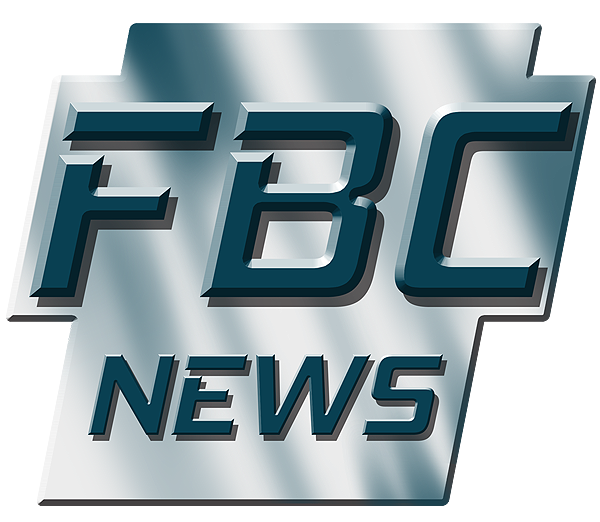
 Reuters
Reuters
